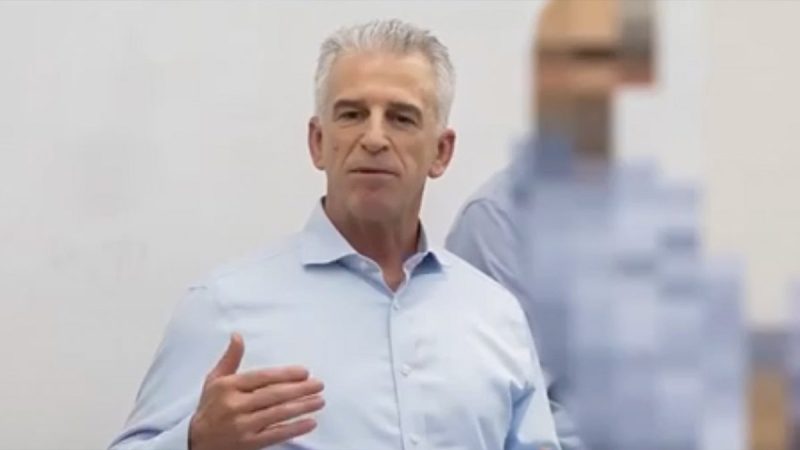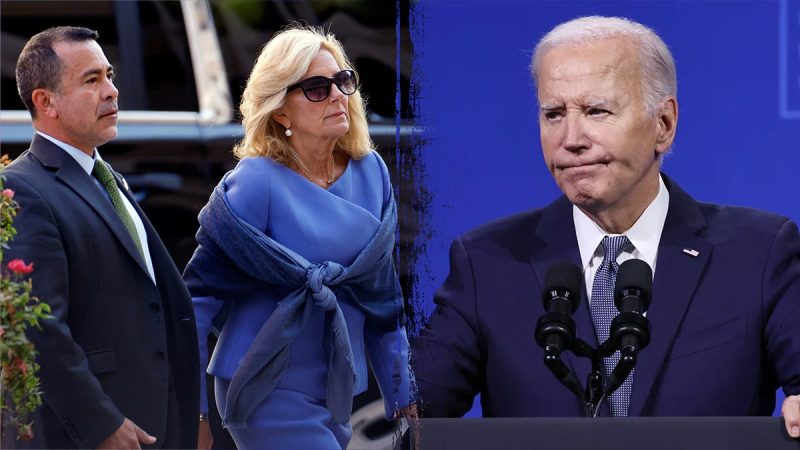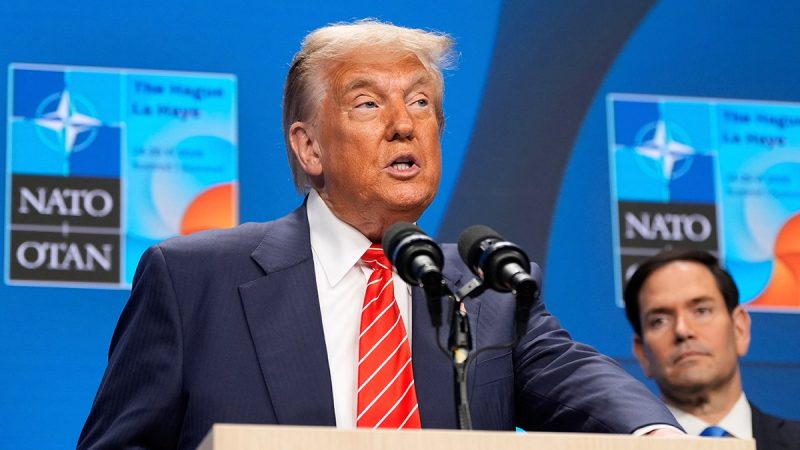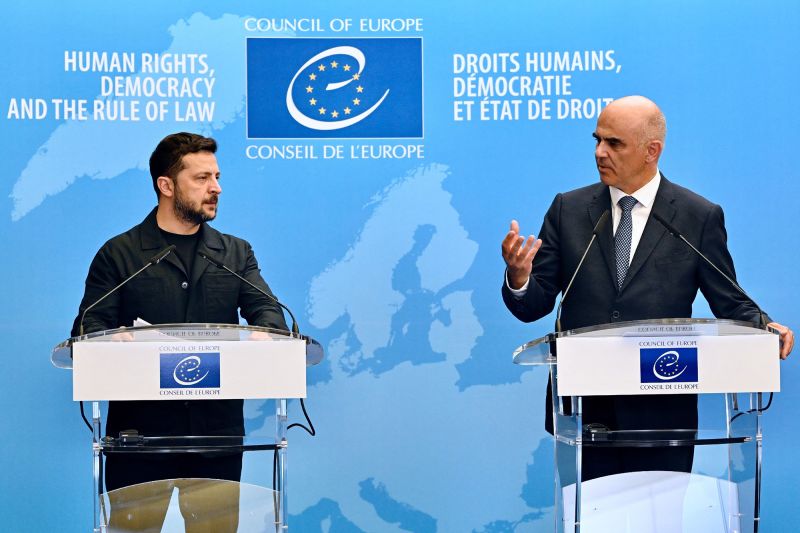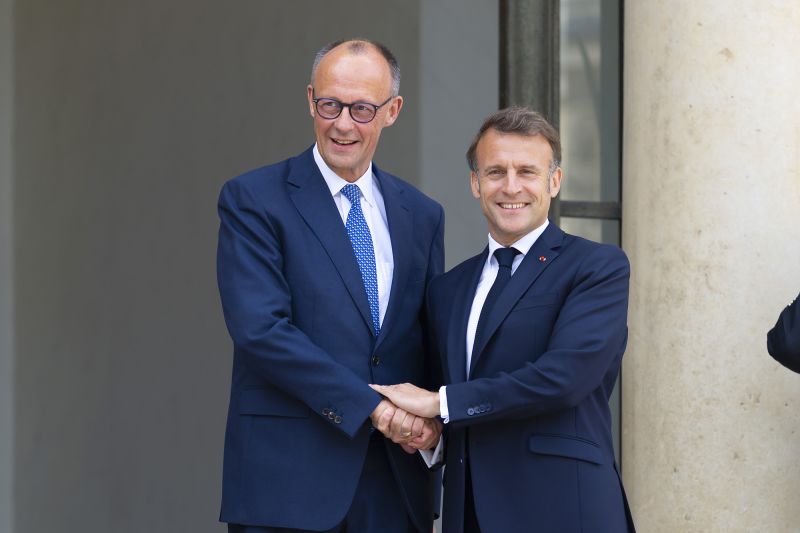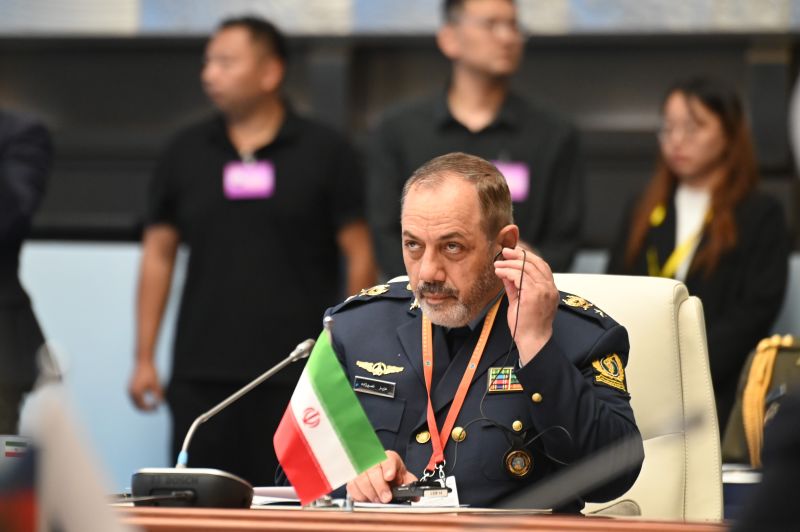Skyharbour Resources Ltd. (TSX-V: SYH ) (OTCQX: SYHBF ) (Frankfurt: SC1P ) (‘Skyharbour’ or the ‘Company’), is pleased to announce that its joint-venture partner, Orano Canada Inc. (‘Orano’), recently commenced a large-scale diamond drilling program at the 49,635-hectare Preston Uranium Project (‘Preston’ or the ‘Property’) located in the western Athabasca Basin, Saskatchewan, Canada. The drilling program will consist of approximately 6,000 to 7,000 metres of drilling during the summer of 2025. Orano is the majority owner and operator at the project with Skyharbour owning a minority interest of approximately 25.6%.
Location Map of Preston Project:
https://www.skyharbourltd.com/_resources/images/Sky_Preston.jpg
2025 Exploration Program at Preston:
The program for the Preston Project will consist of a helicopter-supported diamond drilling campaign, totaling 6,000 to 7,000 metres, with up to 28 holes designed to test high-priority targets across the property at depths ranging from 200 to 350 metres. Primary drill target areas (outlined in Figure 2) include the previously untested Johnson Lake, the Canoe Lake and FSAN target. Target areas are spread throughout the project to ensure assessment credits are met across all claims, while testing perspective trends.
Figure 2: Target Area Overview – Preston Lake Project:
https://www.skyharbourltd.com/_resources/news/Figure_2_Target_Area_Overview.jpg
Drilling in the Johnson Lake area (Zone 1; Figure 2) will target a broad structural corridor initially identified in an airborne VTEM survey and subsequently refined by a ground-based ML-TEM survey in 2018 and a DC resistivity survey in 2020. Multiple parallel conductors exhibiting moderate to strong responses have been delineated across the grid. A total of 4 to 5 drill holes are planned with an average depth of 350 metres for a total of approximately 1,750 metres, contingent on results. The primary objective is to test ground conductors at structurally complex intersections which are considered highly prospective for uranium mineralization. There has been no drilling completed in the Johnson Lake grid area to date.
Figure 3: Johnson Lake Grid Ground Conductors:
https://www.skyharbourltd.com/_resources/news/Figure_3_Johnson_Lake_Grid.jpg
The Canoe Lake area (Zone 2; Figure 2) comprises nine conductive trends that remain largely untested, with only one to three historical drill holes completed on each to date. The 2025 program aims to assess high-priority targets for uranium mineralization and to further define Canoe Lake as a prospective discovery corridor within the Preston Lake Project.
A total of 6 to 12 diamond drill holes are planned, totalling approximately 1,200 to 2,400 metres, with an average hole depth of 200 metres. Six zones of interest have been identified based on the review of available airborne and ground geophysical data, characterized by gravity lows near interpreted structural breaks and crosscutting magnetic features. Structural features in the southwestern portion of the grid are of particular interest due to their orientation, which is analogous to the structural trends controlling mineralization at the PLS and Arrow uranium deposits. These targets are on strike with zones of brittle-ductile deformation and hydrothermal alteration observed in historical drilling, supporting their potential for hosting basement-hosted uranium mineralization.
Figure 4: Canoe Lake Ground Gravity, Zones of Interest and 2025 Targets:
https://www.skyharbourltd.com/_resources/news/Figure_4_Canoe_Lake_Ground_Gravity_and_Zones_of_Interest.jpg
The FSAN Zone (Zone 3; Figure 2) will be the most extensively tested area in the 2025 program, with both reconnaissance and direct targeting strategies to be employed. Reconnaissance drilling will consist of 3 holes totalling approximately 1,050 metres, focusing on discrete airborne EM anomalies near the intersection of prospective east-west structures. An additional 7 to 14 holes will be drilled using a more direct targeting approach for a total of 1,400 to 2,800 metres. These holes will test gravity low anomalies, areas of magnetic disruption, and sites of high geochemical response, including SGH uranium anomalies and historical surface grab samples with anomalous uranium and pathfinder element concentrations.
Figure 5: FSAN 2025 Ground Gravity Results with Lineament and 2025 Targets:
https://www.skyharbourltd.com/_resources/news/Figure_5_FSAN_2025_Ground_Gravity_Results_with_Lineament_and_2025_Targets.jpg
The West and Far West Grids (Zone 4; Figure 2) have been designated as contingency targets for the 2025 drill program. These areas encompass the western extent of the PL-1 conductive trend, where historical drilling intersected moderately to strongly graphitic, brittle-ductile fault zones with localized hydrothermal alteration. The structural complexity observed in this area enhances its prospectivity for basement-hosted uranium mineralization and warrants further investigation.
2024 Exploration Program Completed at Preston:
The 2024 field program marked the first exploration activities conducted by Orano at the Preston Project since 2020. The program included a 35.6 km ground Moving-Loop Transient Electromagnetic (ML-TEM) survey over the Preston West and Far West targets, focusing on an airborne VTEM conductor at Preston West and following up on a prior reconnaissance survey at Preston Far West.
A ground gravity survey comprising 2,295 stations was also completed over an area encompassing the FSAN and FSANE trends to help with drill target prioritization. In addition, a Spatiotemporal Geochemical Hydrocarbon (SGH) geochemical survey comprising approximately 1,100 samples was carried out during the summer of 2024. SGH is a cost-effective technique which has been successfully used to detect surficial anomalies associated with buried uranium mineralization in the Athabasca Basin.
Preston Uranium Project:
In March 2017, Skyharbour signed an option agreement with Orano (formerly AREVA Resources Inc.) that provided Orano an earn-in option to acquire a majority working interest in the 49,635-hectare Preston Uranium Project. The significant potential of the Project has been highlighted by past discoveries in the area by NexGen Energy Ltd. (Arrow deposit), Fission Uranium Corp. (Triple R deposit), and F3 Uranium Corp. (PLN discovery). Exploration at the Project has consisted of ground gravity, airborne and ground electromagnetics, radon, soil, silt, biogeochem, lake sediment, and geological mapping surveys, as well as exploratory drill programs. Over a dozen high-priority drill target areas associated with multiple prospective exploration corridors have been successfully delineated through these methodical, multi-phased exploration initiatives, which have culminated in an extensive, proprietary geological database for the project area.
Joint Venture and Strategic Partnership:
In early 2021, Orano fulfilled its earn-in option on the project by funding exploration expenditures and making the required cash payments. Upon completion of a total of CAD $4.8 million in exploration spending, a joint venture was established between Orano, Skyharbour, and Dixie Gold to advance and develop the project. Orano currently holds a 53.3% interest in the joint venture, with Skyharbour and Dixie Gold holding 25.6% and 21.1% interests, respectively.
Market Maker:
The Company has engaged the services of Independent Trading Group (‘ITG’) pursuant to an agreement dated and starting on July 1 st , 2025 (the ‘Agreement’) to provide market-making services in accordance with TSX Venture Exchange (‘TSX-V’) policies. ITG will trade shares of the Company on the TSX-V and all other trading venues with the objective of maintaining a reasonable market and improving the liquidity of the Company’s common shares.
Under the terms of the Agreement, ITG will receive compensation of CAD $5,000 per month, payable monthly in advance. The Agreement is for an initial term of one month and will renew for additional one-month terms unless terminated by either party with 30 days’ notice. There is no performance factors contained in the Agreement and ITG will not receive shares or options as compensation. ITG and the Company are unrelated and unaffiliated entities.
Independent Trading Group (ITG) Inc. is a Toronto based CIRO dealer-member that specializes in market making, liquidity provision, agency execution, ultra-low latency connectivity, and bespoke algorithmic trading solutions. Established in 1992, with a focus on market structure, execution and trading, ITG has leveraged its own proprietary technology to deliver high quality liquidity provision and execution services to a broad array of public issuers and institutional investors.
Qualified Person:
The technical information in this news release has been prepared in accordance with Canadian regulatory requirements set out in National Instrument 43-101 and has been reviewed and approved by Serdar Donmez, P.Geo., Vice President of Exploration for Skyharbour Resources, who is a Qualified Person as defined by NI 43-101.
About Orano Canada Inc.:
Headquartered in Saskatoon, Saskatchewan, Orano Canada Inc. is a leading producer of uranium, accounting for the processing of 16.9 million pounds of uranium concentrate in Canada in 2024. Orano has been exploring for, mining and milling uranium in Canada for more than 60 years. Orano Canada is the operator of the McClean Lake uranium mill and a major partner in the Cigar Lake, McArthur River and Key Lake operations. The company employs over 450 people in Saskatchewan, including about 375 at the McClean Lake operation where over 40% of employees are self-declared Indigenous. As a sustainable uranium producer, Orano Canada is committed to safety, environmental protection and contributing to the prosperity and well-being of neighbouring communities.
Orano Canada Inc. is a subsidiary of the multinational Orano group. As a recognized international operator in the field of nuclear materials, Orano delivers solutions to address present and future global energy and health challenges. Its expertise and mastery of cutting-edge technologies enable Orano to offer its customers high value-added products and services throughout the entire fuel cycle. Every day, the Orano group’s 17,000 employees draw on their skills, unwavering dedication to safety and constant quest for innovation, with the commitment to develop know-how in the transformation and control of nuclear materials, for the climate and for a healthy and resource-efficient world, now and tomorrow.
Visit Orano at www.oranocanada.com or follow us on LinkedIn, Facebook and Twitter: @oranocanada
About Skyharbour Resources Ltd.:
Skyharbour holds an extensive portfolio of uranium exploration projects in Canada’s Athabasca Basin and is well positioned to benefit from improving uranium market fundamentals with interest in thirty-six projects covering over 614,000 hectares (over 1.5 million acres) of land. Skyharbour has acquired from Denison Mines, a large strategic shareholder of the Company, a 100% interest in the Moore Uranium Project, which is located 15 kilometres east of Denison’s Wheeler River project and 39 kilometres south of Cameco’s McArthur River uranium mine. Moore is an advanced-stage uranium exploration property with high-grade uranium mineralization at the Maverick Zone that returned drill results of up to 6.0% U 3 O 8 over 5.9 metres, including 20.8% U 3 O 8 over 1.5 metres at a vertical depth of 265 metres. Adjacent to the Moore Project is the Russell Lake Uranium Project, in which Skyharbour is the operator with joint-venture partner Rio Tinto. The project hosts several high-grade uranium drill intercepts over a large property area with robust exploration upside potential. The Company is actively advancing these projects through exploration and drill programs.
Skyharbour also has joint ventures with the industry leader Orano Canada Inc., Azincourt Energy, and Thunderbird Resources at the Preston, East Preston, and Hook Lake Projects, respectively. The Company also has several active earn-in option partners, including CSE-listed Basin Uranium Corp. at the Mann Lake Uranium Project; TSX-V listed North Shore Uranium at the Falcon Project; UraEx Resources at the South Dufferin and Bolt Projects; Hatchet Uranium at the Highway Project; Mustang Energy at the 914W Project; and TSX-V listed Terra Clean Energy at the South Falcon East Project. In aggregate, Skyharbour has now signed earn-in option agreements with partners that total over $36 million in partner-funded exploration expenditures, over $20 million worth of shares being issued, and $14 million in cash payments coming into Skyharbour, assuming that these partner companies complete their entire earn-ins at the respective projects.
Skyharbour’s goal is to maximize shareholder value through new mineral discoveries, committed long-term partnerships, and the advancement of exploration projects in geopolitically favourable jurisdictions.
Skyharbour’s Uranium Project Map in the Athabasca Basin:
https://www.skyharbourltd.com/_resources/images/SKY_SaskProject_Locator_2024-11-21_v1.jpg
To find out more about Skyharbour Resources Ltd. (TSX-V: SYH) visit the Company’s website at www.skyharbourltd.com .
Skyharbour Resources Ltd.
‘Jordan Trimble’
____________________________
Jordan Trimble
President and CEO
For further information contact myself or:
Nicholas Coltura
Investor Relations Manager
Skyharbour Resources Ltd.
Telephone: 604-558-5847
Toll Free: 800-567-8181
Facsimile: 604-687-3119
Email: info@skyharbourltd.com
NEITHER THE TSX VENTURE EXCHANGE NOR ITS REGULATION SERVICES PROVIDER ACCEPTS RESPONSIBILITY FOR THE ADEQUACY OR ACCURACY OF THE CONTENT OF THIS NEWS RELEASE.
Forward-Looking Information
This news release contains ‘forward‐looking information or statements’ within the meaning of applicable securities laws, which may include, without limitation, completing ongoing and planned work on its projects including drilling and the expected timing of such work programs, other statements relating to the technical, financial and business prospects of the Company, its projects and other matters. All statements in this news release, other than statements of historical facts, that address events or developments that the Company expects to occur, are forward-looking statements. Although the Company believes the expectations expressed in such forward-looking statements are based on reasonable assumptions, such statements are not guarantees of future performance and actual results may differ materially from those in the forward-looking statements. Such statements and information are based on numerous assumptions regarding present and future business strategies and the environment in which the Company will operate in the future, including the price of uranium, the ability to achieve its goals, that general business and economic conditions will not change in a material adverse manner, that financing will be available if and when needed and on reasonable terms. Such forward-looking information reflects the Company’s views with respect to future events and is subject to risks, uncertainties and assumptions, including the risks and uncertainties relating to the interpretation of exploration results, risks related to the inherent uncertainty of exploration and cost estimates and the potential for unexpected costs and expenses, and those filed under the Company’s profile on SEDAR+ at www.sedarplus.ca. Factors that could cause actual results to differ materially from those in forward looking statements include, but are not limited to, continued availability of capital and financing and general economic, market or business conditions, adverse weather or climate conditions, failure to obtain or maintain all necessary government permits, approvals and authorizations, failure to obtain or maintain community acceptance (including First Nations), decrease in the price of uranium and other metals, increase in costs, litigation, and failure of counterparties to perform their contractual obligations. The Company does not undertake to update forward‐looking statements or forward‐looking information, except as required by law.













